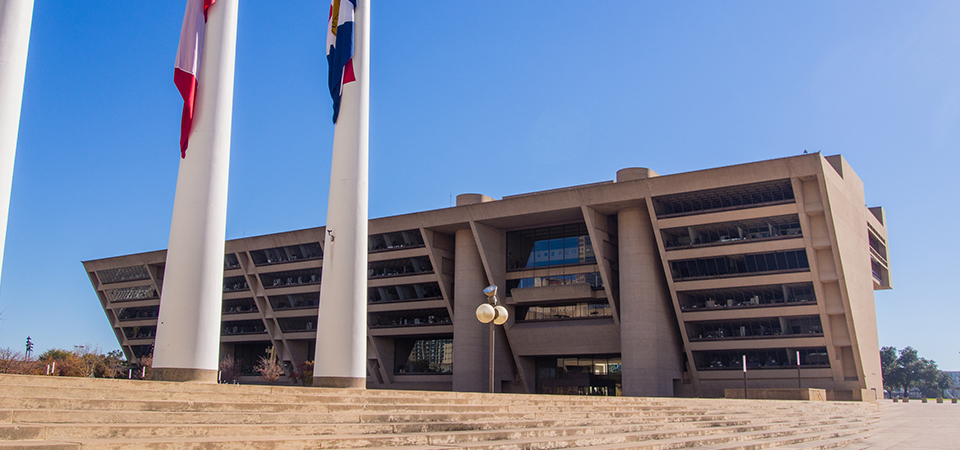What happened?
On Wednesday, the Dallas City Council unanimously approved a comprehensive housing policy that seeks to address a shortage of affordable housing throughout the city.
How will it do that?
Based on a market analysis of Dallas’s housing stock, the council identified neighborhoods in most need of targeted housing strategies. The three types of target areas include:
- Redevelopment Areas where a major development is in process and could catalyze future development, including Midtown, Wynnewood, Red Bird, and the High Speed Rail corridor.
- Stabilization Areas where rising housing costs due to surrounding areas’ development could displace residents, including LBJ Skillman, Vickery Meadow, Casa View, Forest Heights/Cornerstone Heights, East Downtown, The Bottom, West Dallas, and Red Bird North.
- Emerging Market Areas in need of environmental and infrastructure fixes, code enforcements, property abatement and other strategies to prepare for development, including Southern Gateway, Pleasant Grove, and University Hills.
The policy calls for the production of 20,000 new homes over a three-year period with a particular focus in these areas.
Wait, why 20,000 new homes?
Primarily because Dallas’s 2.9 percent population growth in recent years has outpaced the housing supply, and rising valuations have priced residents out of their homes throughout the city. According to the policy, the volume of available homes in Dallas grew by only 3.6 percent in 2017, but median sales prices grew by 9.1 percent. Nearly 58 percent of Dallas homes in 2017 were valued between $300,000 and $1 million.
Was TREC engaged in the policy-making process?
In 2016, TREC presented to the City Council Housing Committee recommendations for an Affordable Housing Policy, which was the result of months of research and best practices and work by our members. Once the draft policy was presented, TREC then also provided comments to Tennell Atkins, chairman of the Housing and Economic Development Committee. You can read them here.
So how will the policy affect the commercial real estate industry?
A few ways:
- The policy creates a housing trust fund wherein monies may be used to make loans in support of the housing policy’s goals. At a future date, the council will seek a one-time transfer of at least $7 million from unencumbered high-performing TIF districts as well as $7 million in Dallas Water Utility funds to support developments.
- It creates a non-contiguous Tax Increment Financing District for areas not already located in an existing TIF which will be used on projects that propose to meet unit production goals with affordability requirements.
- The city plans to offer incentives to construct rental mixed-income housing in multifamily and mixed use zoning districts via voluntary inclusionary zoning. Staff will seek council approval to amend the development code to allow for by-right increases in maximum height and lot coverage for developments providing housing affordable to a range of incomes.
- The city will introduce new resources for a Rental Rehabilitation Program for both single family and multifamily units.
- At a future date, staff will seek council approval to designate neighborhood empowerment zones (NEZ) in the identified stabilization areas. Once a NEZ is established, staff will implement the following programs and strategies including property tax freezes for homeowners, development fee rebates, and incentive zoning among other tools to preserve affordability and promote mixed-income neighborhoods.
TREC will continue to work with City Council members, staff and other stakeholders as the details of this significant policy are fleshed out and implemented.
